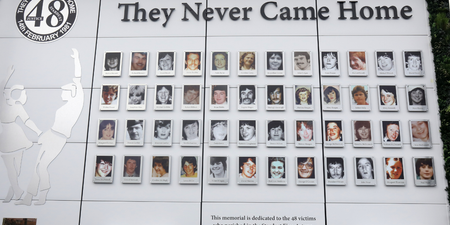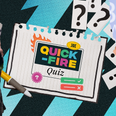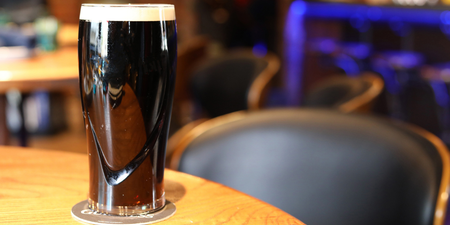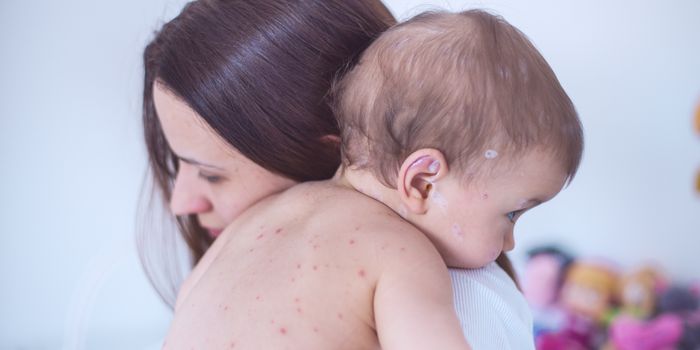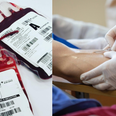- they have not had 2 doses of MMR vaccine
- they have a preschool or primary school child who never had MMR vaccine
- they have a primary school child who missed out on the 2nd dose
- they are not sure if their. child has had 2 doses of MMR vaccine
- cold-like symptoms, such as runny nose, watery eyes, swollen eyelids and sneezing,
- red eyes and sensitivity to light,
- a mild to severe temperature, which may peak at over 40.6°C (105°F) for several days, then fall but go up again when the rash appears,
- tiny greyish-white spots (called Koplik’s spots) in the mouth and throat,
- tiredness, irritability and general lack of energy,
- aches and pains,
- poor appetite,
- dry cough, and
- red-brown spotty rash
- meningitis,
- pneumonia (lung infection), signs of which are fast, difficult breathing, chest pain and deteriorating condition,
- hepatitis (liver infection),
- encephalitis (inflammation of the brain), which can be fatal, so watch for drowsiness, headache and vomiting,
- low platelet count, known medically as thrombocytopenia, which affects the blood’s ability to clot,
- bronchitis and croup (infection of the airways), characterised by a hacking or barking cough, and
- squint, if the virus affects the nerves and muscles of the eye.
LISTEN: You Must Be Jokin’ with Aideen McQueen – Faith healers, Coolock craic and Gigging as Gaeilge
RELATED ARTICLES






MORE FROM JOE




















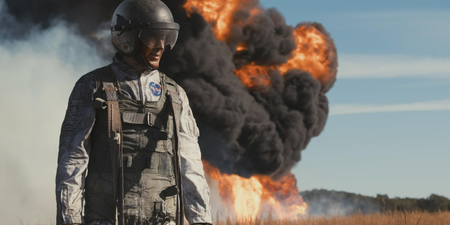



MORE FROM JOE
